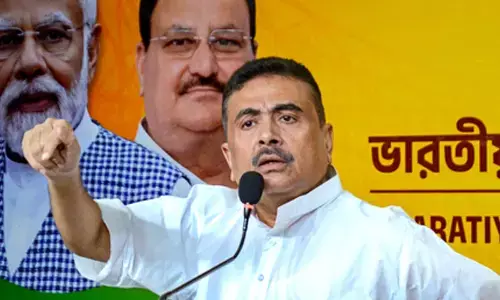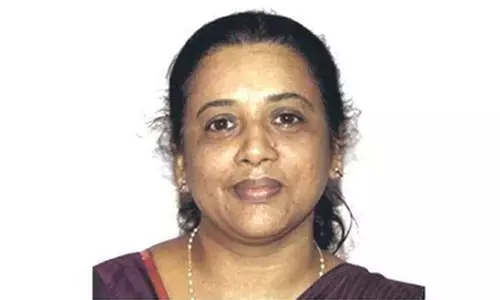Alarming levels of bad loans

India remained the fastest growing large economy ahead of China in the calendar year 2018 The country achieved this despite rise in crude oil prices, fall in rupee and global trade wars unleashed by the US, the worlds biggest economy The growth was highest during AprilJune 2018 the first quarter under Indian financial year when GDP grew by an impressive 82 per cent Though the growth declin
India remained the fastest growing large economy ahead of China in the calendar year 2018. The country achieved this despite rise in crude oil prices, fall in rupee and global trade wars unleashed by the US, the world’s biggest economy. The growth was highest during April-June 2018 (the first quarter under Indian financial year) when GDP grew by an impressive 8.2 per cent. Though the growth declined subsequently, the country managed to retain the fastest growth tag and that’s good sign indeed.
But the menace of bad loans or non-performing assets (NPAs) continues to haunt the economy. As per recent data released by the Reserve Bank of India, the gross NPAs (GNPAs) or total bad loans in the banking system reached a staggering Rs 10.39 lakh crore as in March 2018. That translates into 11.2 per cent of total bank credit, which even as per Indian standards is alarmingly high. This GNPA ratio was a lot lower at 9.2 per cent in the previous financial year.
As per the RBI report on ‘Trends & Progress of Banking in 2017-18,’ public sector banks (PSBs) account for majority of the bad loans. At the end of FY18, PSBs had Rs 8.95 lakh crore bad loans or 14.6 per cent of their total credit. The GNPA ratio was 11.7 per cent in the preceding fiscal. Besides, the state-run banks also saw rise in net NPA ratio from 6.9 per cent in FY17 to 8 per cent in FY18. This sharp rise in bad loans of the government banks was attributed to better NPA recognition and some of the restructured loans turning into NPAs. Jewellery chain owner Nirav Modi’s Rs 14,000 crore fraud surfaced at Punjab National Bank (PNB) also pushed up bad loans.
Compared to this, private lenders carry lower NPAs on their balance sheets. Their GNPA ratio stood just 4.7 per cent in FY18 as against 4.1 per cent in FY17. Higher write-offs and better recovery efforts were said to have helped the private banks in keeping their bad assets in check.
Though total bad loans came down a bit and the GNPA ratio stood at 10.8 per cent as in September 2018, NPAs are still very high and are likely to haunt economy if the banks, govt and RBI fail to make concerted efforts to bring the bad loans down. That fact that 11 out of 20 public sector banks are under the prompt corrective action (PCA) imposed by RBI goes to indicate the seriousness of the NPA problem that the state-owned banks are facing now. Banks under PCA lens face curbs on their lending activities. Interestingly, differences cropped between the central government and RBI over the PCA curbs as the move would lead to fall in bank lending.
No government can afford curbs on bank credit at a time when the country heads for General Elections later this year. Of course, the Centre is likely to infuse over Rs 1 lakh crore into public sector banks this financial year to make them financially stronger. But without finding a permanent solution to bad loans, it’s unlikely that banking sector will be able to support economic growth the country needs.



















